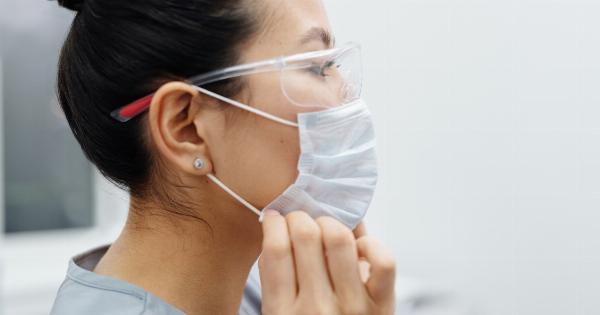As a pet owner, it is crucial to monitor your pet’s health regularly. Spotting any symptoms early on can help prevent health issues from worsening. It is important always to consult your veterinarian if you suspect any health issues with your pet.
Here are eight steps you can take to check your pet’s health at home:.
Step 1: Observe Their Eating and Drinking Habits
One of the essential ways to monitor your pet’s health is by observing their eating and drinking habits. If you notice any changes in your pet’s appetite or water intake, it could be a sign of health issues.
For instance, a sudden decrease in appetite could indicate dental problems or an upset stomach. It can also be a sign of dehydration or other medical conditions.
Begin by observing your pet’s eating habits. Check if they eat at normal intervals. Be sure to take note of how much water they drink in a day.
If you spot any irregularities, it may be wise to call your vet to discuss their eating and drinking habits.
Step 2: Check Their Weight
Keeping track of your pet’s weight is another way to monitor their overall health. Regular weighing can help you spot any weight loss or gain that may indicate underlying health issues.
Use a pet scale to measure your pet’s weight on a regular basis and track any changes in their weight over time.
If you note any sudden weight changes, it could be a sign of illness or malnutrition. Sudden weight loss, for instance, could be due to a parasitic, metabolic, or gastrointestinal issue.
On the other hand, sudden weight gain could be due to overfeeding or the onset of certain diseases.
Step 3: Observe their Coat and Skin
A pet’s skin and coat offer valuable clues about their general health. Regular grooming of your pet allows you to spot any lumps, bumps, or skin issues that require a vet’s attention. Inspect their skin for any redness, lumps, or flakiness.
Dark patches or raised, scaly patches could indicate an infection or parasite.
Also, take note of the condition of their fur. A lackluster coat could reveal a nutritional deficiency or a skin problem. A thick coat that mats easily could indicate a hormonal imbalance or underlying skin condition.
Step 4: Check their Eyes, Nose, and Ears
Observing your pet’s eyes, nose, and ears helps you spot any health problems in those areas. Check your pet’s eyes regularly to ensure they are clear and bright.
If their eyes appear dull or clouded, or the whites of their eyes appear yellow, seek a veterinarian’s advice.
Examine your pet’s nose for signs of discharge or bleeding. A discharge from the nose could be due to allergies, foreign objects lodged in the nostrils, or an infection.
Pay attention to your pet’s ears for signs of itching, redness, or discharge. These could indicate an ear infection, ear mites, or parasitic infection.
Step 5: Check Their Teeth and Gum Health
Pet dental hygiene is crucial for healthy teeth and gum health. Inspect your pet’s teeth and gums regularly for any signs of decay and discoloration. Dental problems can cause bad breath, gingivitis, tooth loss, and pain.
Take note of any swelling, redness, or bleeding in the gums. Check for periodontal disease, which is prevalent in pets.
Schedule regular dental cleanings with your veterinarian to prevent such health problems and help your pet maintain healthy teeth and gums.
Step 6: Observe their Bathroom Habits
Monitoring your pet’s bowel movements can reveal any underlying health problems. Track the frequency, consistency, and color of their feces to detect any changes in their bathroom habits.
These changes could be due to a poor diet, stress, parasites, or a disease.
Also, note any changes in their urine color and frequency. If there are any visible signs of blood, it could point to a kidney or bladder infection, or other underlying health problems.
Step 7: Check Their Energy Level and Behavior
Changes in your pet’s energy levels and behavior could be a sign of stress or health problems. Note any changes in their activity levels or sleeping habits.
If they are suddenly inactive or lethargic, or avoiding social interactions, it may be an indicator of a health problem.
Similarly, note any changes in their behavior or temperament. If your pet becomes excessively aggressive or depressed, try to determine the cause of these changes.
Discuss with a veterinarian any behavioral changes you notice in your pet to rule out medical causes.
Step 8: Schedule Regular Check-ups with Your Vet
Scheduling regular check-ups with your veterinarian is the best way to keep your pet healthy. These spa appointments allow veterinarians to detect any health issues or concerns before they become serious.
Regular veterinary appointments also allow for preventative care measures such as vaccines and dental cleanings. Following all of these steps is crucial to your pet’s health and wellbeing.






























